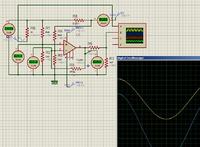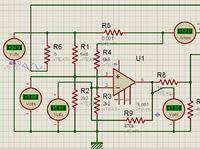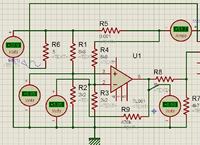zeb59
Junior Member level 3

- Joined
- Sep 13, 2012
- Messages
- 25
- Helped
- 1
- Reputation
- 2
- Reaction score
- 1
- Trophy points
- 1,283
- Activity points
- 1,597
What resolution in reading you expect to achieve with current shunt 0,0004Ω (400µΩ) ?
Peter,
My purpose for this project is not specifically to design a charger but more generally a battery management system. Here in Pakistan we are in the midst of a serious energy crises with municipal power being available (worst case) for one hour in every two hours. So people use UPSs with automotive batteries. These automotive batteries are the main issue because excessive depth of discharge quickly ends their life in about 6 months or so. Normally available UPSs do not have smart battery management built in. Simple voltage based charge/discharge monitoring circuit is used with horrible consequences for the attached battery. Deep discharge batteries are either not available or are simply not affordable.
The above reality demands that a smart battery system should manage the battery. TO do so would require not only measurement of charge BUT ALSO DISCHARGE current which could go as high as 100 Amps+. Thus we cannot afford to have a high value shunt resistor because on the discharge leg of the system the shunt resistor will cause the problem of wastage of power etc.; that you have alluded to in your earlier post. So my circuit must have the capacity to measure current in the range of 1-100 Amps.
I hope the above explanation has clarified the matter.
My sense resistor in my amp-hour meter (mentioned in post #3), was a few inches of #12 copper wire.
Brad,
I would like to use a commercially available shunt. Ordinary Pakistanis are not likely to have the knowledge and skills required to homebrew a shunt. 60mv/100Amp shunts used with Analogue meters to display current are easily available in the local electrical goods supply markets. All these things should prompt someone to start manufacturing the management system.
Regards
Zeb








